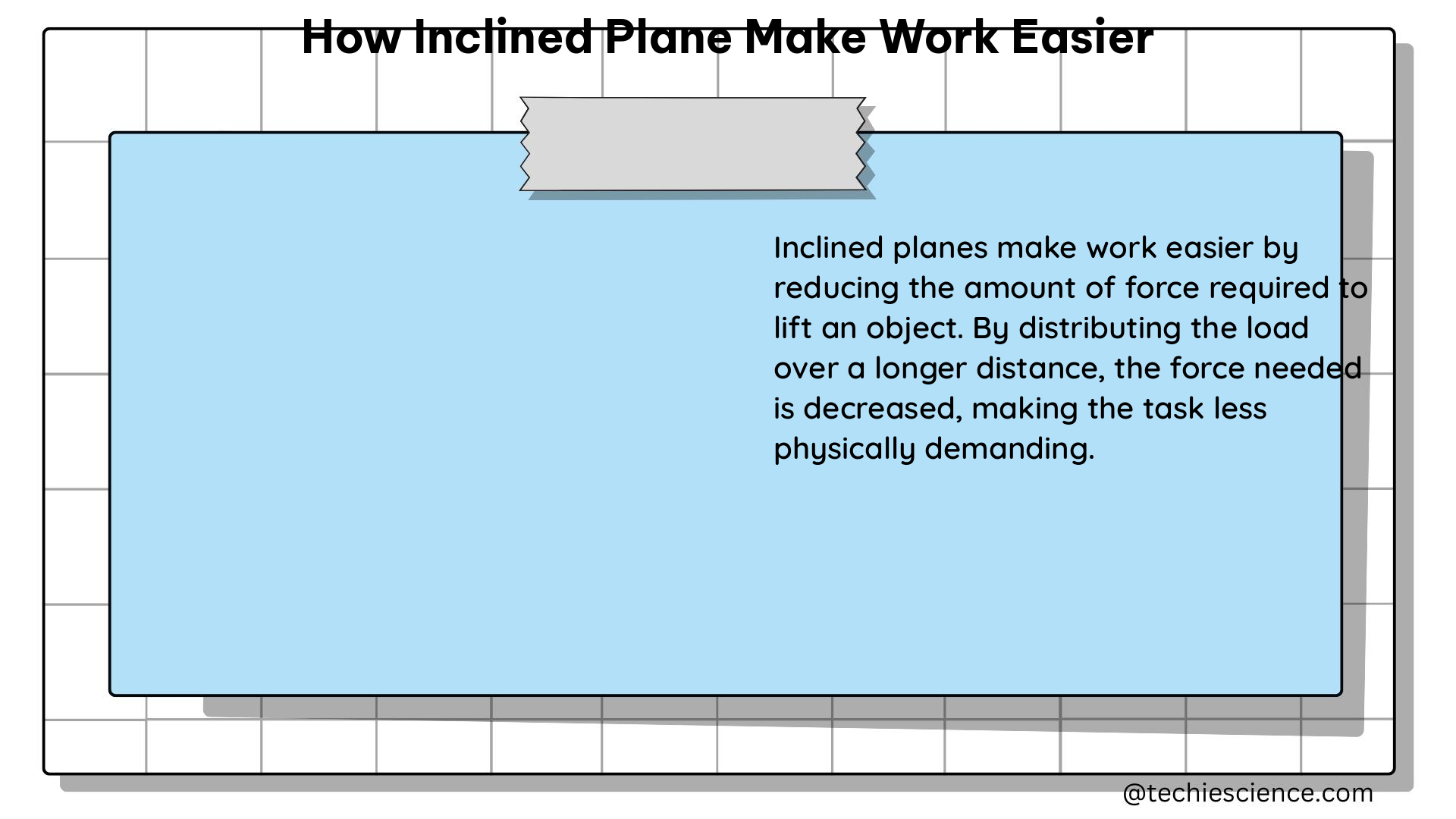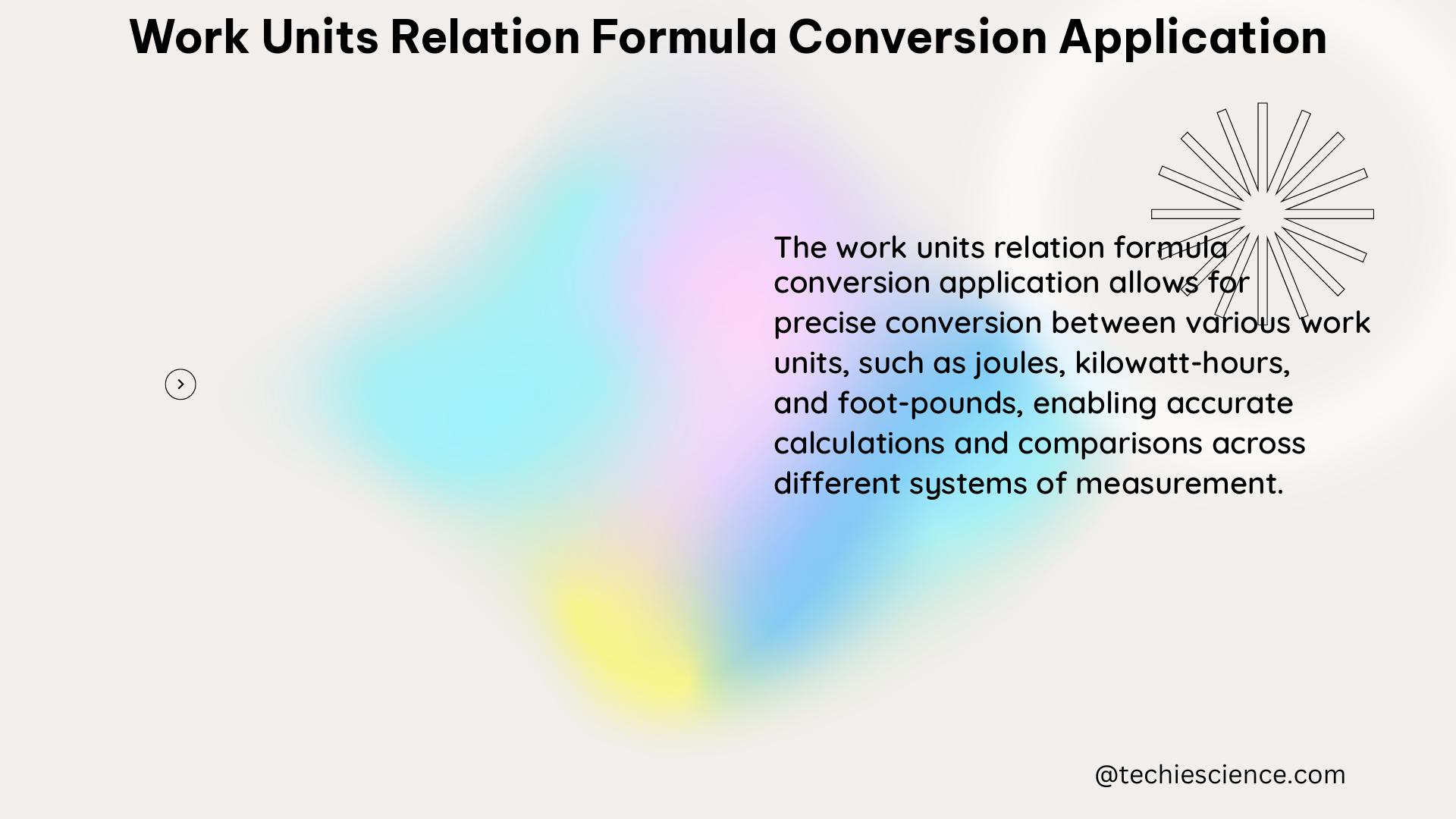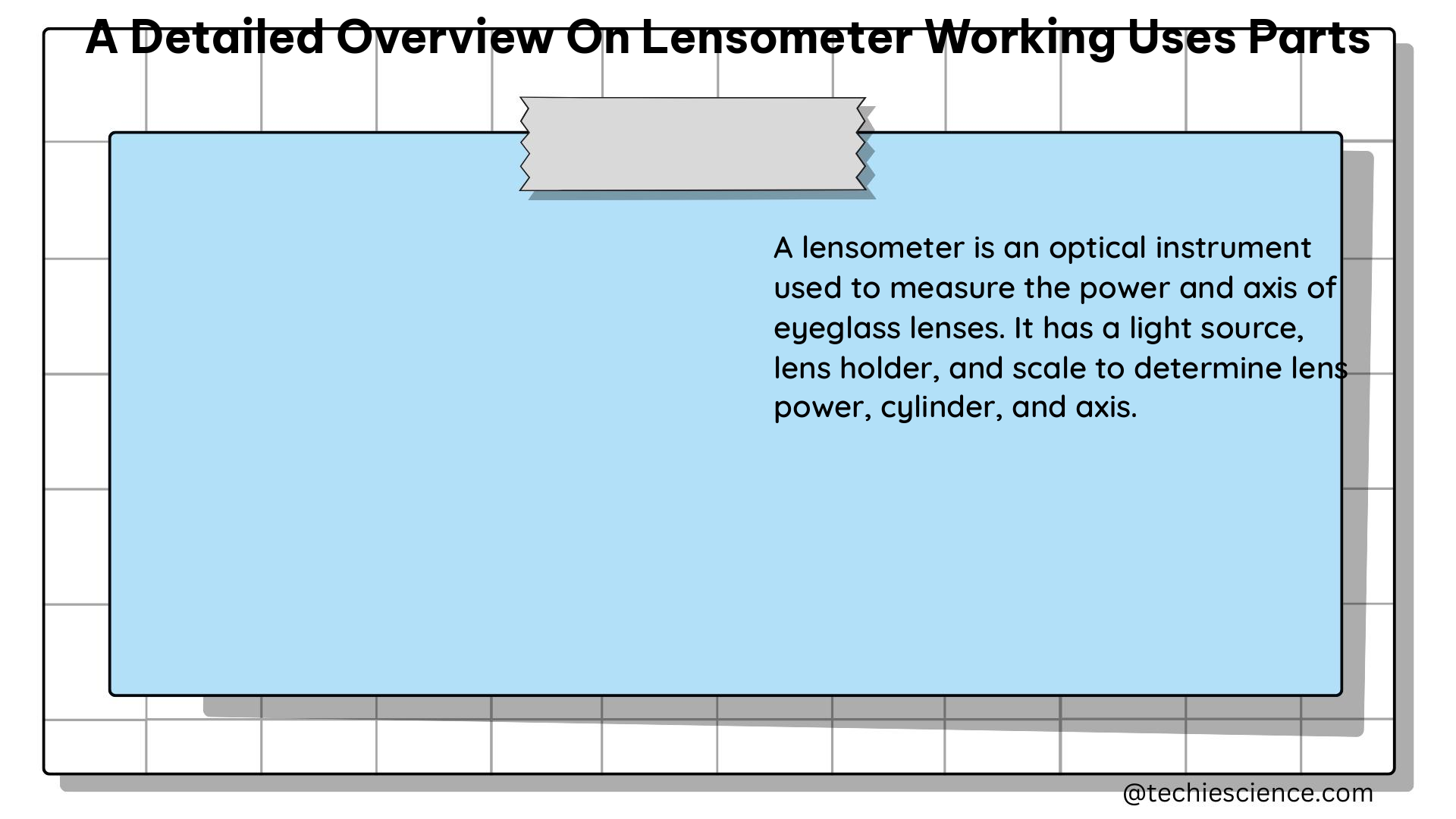Because a pulley makes our work easier, it is widely used to make our lives easier due to its straightforward operation. So, in this post, we’ll look at how does a pulley work simple machine.
Pulley has a simple mechanism consisting of one or more wheels over which rope or code is looped. By redirecting or amplifying the force, this mechanism enables humans to carry large things.
You probably have seen those strongmen in TV shows who can pull cars with just their hands. Have you ever been amazed how a person can be so strong! It is all about science here. The science that makes you so strong to lift heavy objects so easily. If someone wants to lift a heavy object or huge weight, they just need to use the power of science and do not need to strain their back. An amazing device that helps you to do it easily is called a pulley. Before going into how does a pulley work simple machine, let’s first get a basic idea of a pulley.
Pulley
Pulleys are made out of a wheel that has a grooved rim that carries a flexible rope, cable, cord, or chain; it can be anything. The wheel revolves around its axis, which runs through the centre. By transmitting energy to the movement, the pulley mechanism is used to support it.
Pulley is the greatest example of simple machines called by scientists. The simple machine does not mean that they should be jam packed with engines and gears, but it just means that it helps us by multiplying force or providing the direction to apply force. If someone wants to lift a hefty weight, they have to apply large force with their muscles. But using a simple machine like a pulley, one can effectively multiply the force his body can ever produce.
Now let us have a closer look at how does a pulley work simple machine!
How does a pulley work?
Pulley has three different types as per its mechanism:
Here we are going to discuss all three types one by one.
A Fixed pulley:
The wheel is coupled to the rigid support in a fixed pulley, as the name implies. Thus, its axis of rotation on which wheel is rotating is also not changing. The inextensible rope also passes around the rim of the fixed pulley. One end of the rope is used to carry the load, and another free end is used to apply effort.
The side of the rope where the load or the heavy object is attached causes tension in the rope. As the load is downward, the tension in the rope will be in the opposite direction it means in the upward direction. Similarly, as you apply effort on the other side of the rope, it also causes tension in the upward direction.
The tension formed in the rope will be in proportion to the amount of load and effort on their respective sides. Thus, the amount of force you will apply is the same as that of the load you want to lift. It means a fixed pulley does not provide any mechanical gain. Then why do we use it? Let’s understand it with a simple example.
In villages, a fixed pulley is widely used to draw a bucket of water from the water well. As you pull the rope, the bucket of water will be lifted by the same amount. The force you need to apply remains constant, but the direction from which you apply effort changes dramatically when you use this pulley. If you want to draw a bucket of water without using a pulley, you must exert upward force. It means that you can apply force in a downward direction with all of your weight by using a fixed pulley.
A Movable pulley:
Unlike the fixed pulley, a movable pulley is not attached to the rigid support, and thus it is free to move upward and downward as its name suggests. The inextensible rope that runs over the rim of the wheel has one end fixed. You will exert effort by pulling on the other end of the rope. The pulley is directly coupled to the rope load between the fixed and free ends.
As a result of the load, tension will be present on both sides of the rope, implying that a single weight will result in double tension. Consider it as though you’re pulling a heavy object with both hands. Like a fixed pulley, a movable pulley produces tension as a result of effort, which is proportional to the amount of effort.
We can argue that effort will be half of the load since load causes double tension, one of which is equal to the effort applied. We may say that it delivers force amplification, which means that to lift a heavy weight, you need to apply half the force that the weight requires.
Suppose, using a movable pulley; you want to lift an object with 50 N force in a downward direction. Thus for that, you need to apply 25 N of force. But suppose you want to lift it to 30 m, then you need to pull 60 m of the rope. When you pull the rope, load with a movable pulley and the fixed rope is also moving upward. Thus, for a double lift, you need to pull double.
To know more about Fixed pulley vs. Movable pulley go through this post.
A compound pulley:
A compound pulley system is one that consists of both a fixed pulley as well as a movable pulley. This means that by using it, one can benefit from a change in the direction of force and a lighter feeling load. Thus, the mechanism of a compound pulley makes it easier to lift a heavy load.
If you pull the free end of the rope, the lower pulley, which is a movable pulley, will rise. As the movable pulley rises, the load attached to it also rises. Thus, the force you are pulling will be lesser than the force with load is pulling up. Of course, you are paying this by pulling a larger distance. As a result, using a compound pulley makes it possible to apply lower force in a downward or convenient direction to lift the load.
So with this post, we hope that we make you understand how does a pulley work simple machine.
Also Read:



